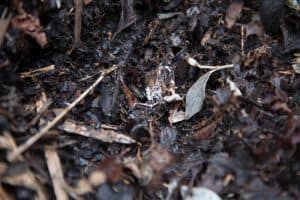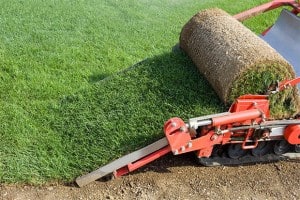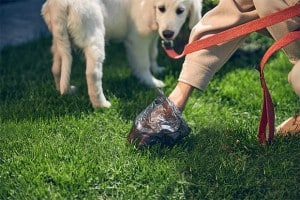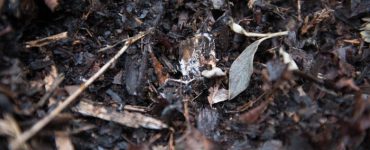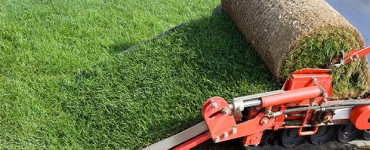Composting is a process of combining organic wastes like food scraps, leaves, and other yard waste with soil to create a valuable fertilizer. Composting creates an environment that nurtures plants and helps to control pests and diseases. When done correctly, compost can improve soil quality, add nutrients to the ground, help reduce water consumption, and reduce greenhouse gas emissions.
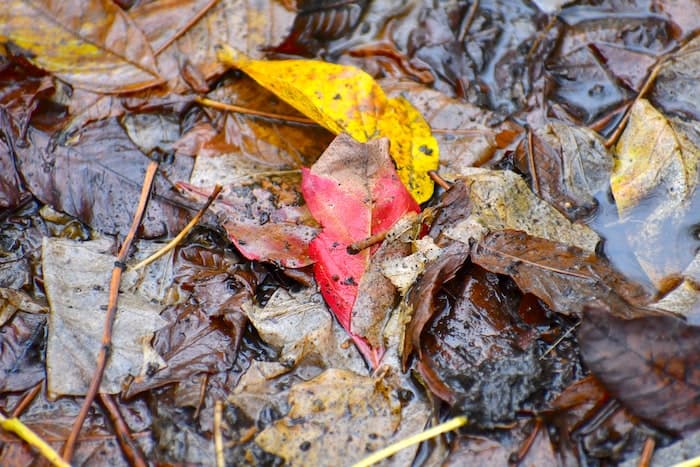
What Are the Different Types of Composting?
Composting is a process of turning organic material into soil that can be used in plants. There are three main types of composting: aerobic, anaerobic, and vermicomposting.
Aerobic Composting
Aerobic composting is a process of decomposing organic material using oxygen from the atmosphere. The end result is a nutrient-rich soil amendment that can be used in gardens and landscaping.
Aerobic composting happens slowly over an extended period of time, so you don’t have to worry about an overwhelming smell or mess. Just make sure the pile is well aerated and turn it every few weeks to keep everything mixed up.
Benefits of Aerobic Composting
When it comes to composting, aerobic composting is one of the most efficient methods. Here are some benefits of aerobic composting:
Balance the pH of Your Soil
Aerobic composting is a wonderful way to help maintain the pH of your soil. Aerobic composting breaks down organic matter into smaller and smaller pieces, which in turn helps to balance out the pH levels in your soil. The process also releases important nutrients, such as nitrogen and phosphorus, which can help improve the growth of plants. In fact, studies have shown that aerobic composting can even improve the health of trees!
Extend the Growing Season by Moderating Soil Temperature
Aerobic composting can help extend the growing season by moderating soil temperature. By breaking down organic matter in the soil, aerobic composting creates a warm and moist environment that helps prevent frost damage to plants.
Soil temperature is one of the most important factors affecting plant growth and health. Too cold or too warm soils can cause problems for plants, such as stunted growth, yellowing leaves, and even death. Aerobic composting can help keep soils at a comfortable temperature for plant growth, helping to extend the growing season by up to four months.
Help Control Soil Erosion
Aerobic composting can help control soil erosion by breaking down organic material and creating a fertile environment for plants. The aerobic process helps to break down the organic material into small, nutrient-rich particles that are easier to absorb by the plants.
This process also helps to reduce the amount of moisture lost from the soil, which in turn helps to maintain soil moisture levels and prevent landslides. Overall, aerobic composting can play an important role in controlling soil erosion and promoting plant growth.
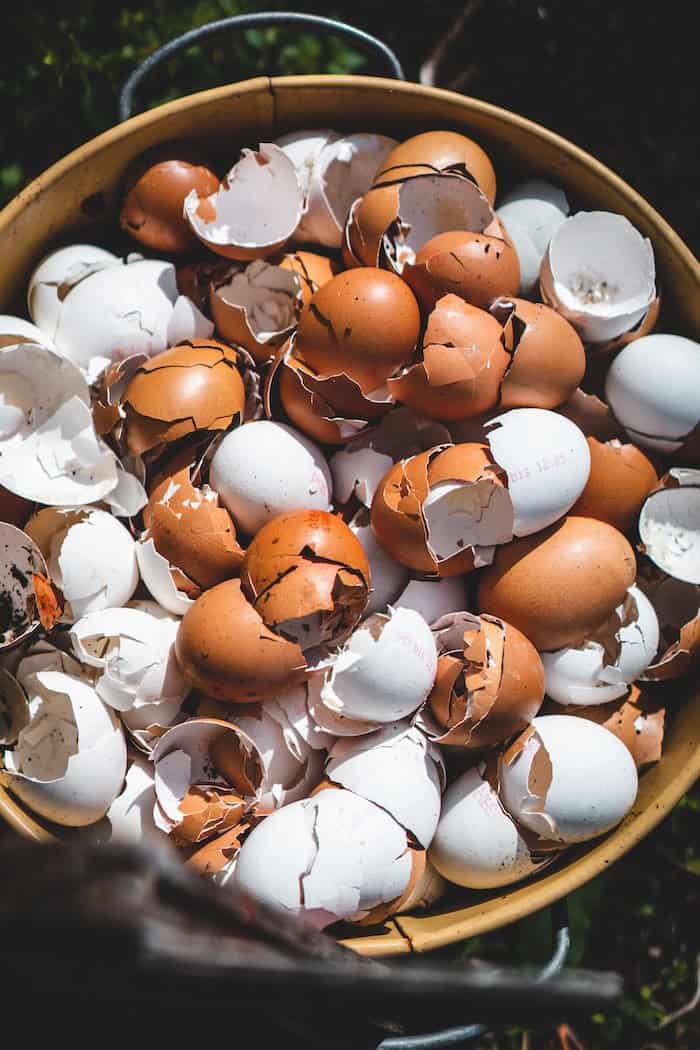
Helps Plants Absorb Nutrients
Aerobic composting helps plants to absorb nutrients because the compost is an environment that is rich in oxygen. The high levels of oxygen promote the growth of aerobic bacteria, which break down organic matter into carbon dioxide, water, and nitrogen. This process releases nutrients for the plant to absorb.
Anaerobic Composting
Anaerobic composting is a method of composting that does not use oxygen to break down the organic material. Anaerobic composting is used when there is a high level of contamination or when the composting process is time-sensitive. The anaerobic environment creates conditions that inhibit the growth of microorganisms, allowing the decomposing process to take place more quickly. Anaerobic composting can be used in conjunction with aerobic composting, or as a stand-alone process.
Benefits of Anaerobic Composting
There are many benefits to Anaerobic Composting, which is a process where organic material is broken down by microorganisms in absence of air. Here are four of the most important benefits:
Doesn’t Need to Be Turned Every Other Day
Anaerobic composting does not need to be turned every other day. The process of anaerobic composting is a slow one, so the compost will break down over time without needing to be turned.
Doesn’t Need Much Space
Anaerobic composting, which is the most common type of composting, doesn’t need much space. The process of anaerobic composting happens in the absence of oxygen, so it can be performed underground. Also, anaerobic composting is a fast process, so it won’t take a lot of space to set up.
Vermicomposting
Vermicomposting is the process of breaking down organic material into a worm-friendly fertilizer. The compost created by vermicomposting can be used on gardens and landscapes, providing high-quality nutrients and organic matter. Vermicomposting is a potent tool for reducing environmental impact, improving soil quality, and creating sustainable organic matter resources.
Benefits of Vermicomposting
Vermicomposting is a type of composting that uses worms to break down the organic matter. The benefits of vermicomposting include:
Higher Yields from Your Garden
The process of vermicomposting creates an environment in which beneficial microorganisms can grow, leading to higher yields from your garden. In addition to providing compost for your plants, vermicomposting also produces heat, which can be used to warm your home or greenhouse in the winter.
Reduced Greenhouse Gas Emissions
Composting produces methane, which can be converted into energy but is also a potent greenhouse gas. By using worms to break down the organic matter, vermicomposting can offset some of this environmental damage.
Vermicomposting is a process where organic matter is broken down by worms without producing methane gas. This compost can then be used to fertilize plants or used as a soil amendment.
By using worms to break down the organic matter, vermicomposting can offset some of this environmental impact and helps keep land fertile and reduces the need for pesticides or other chemicals.



